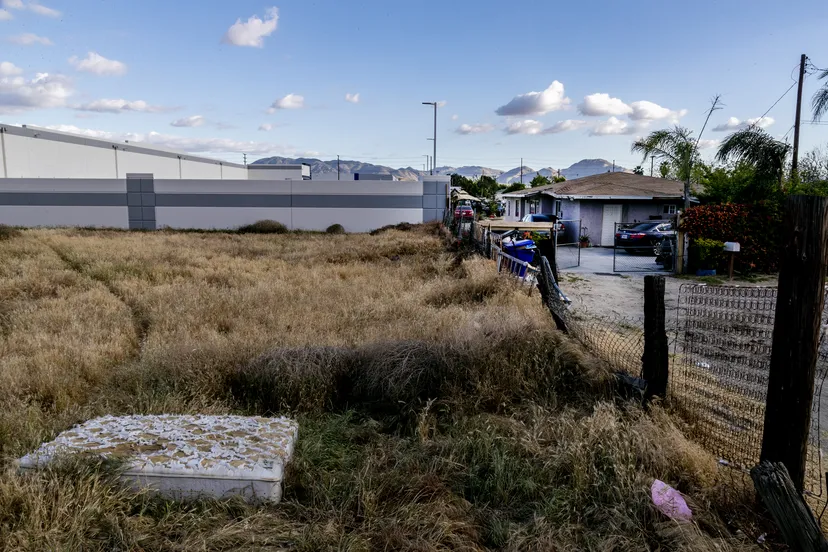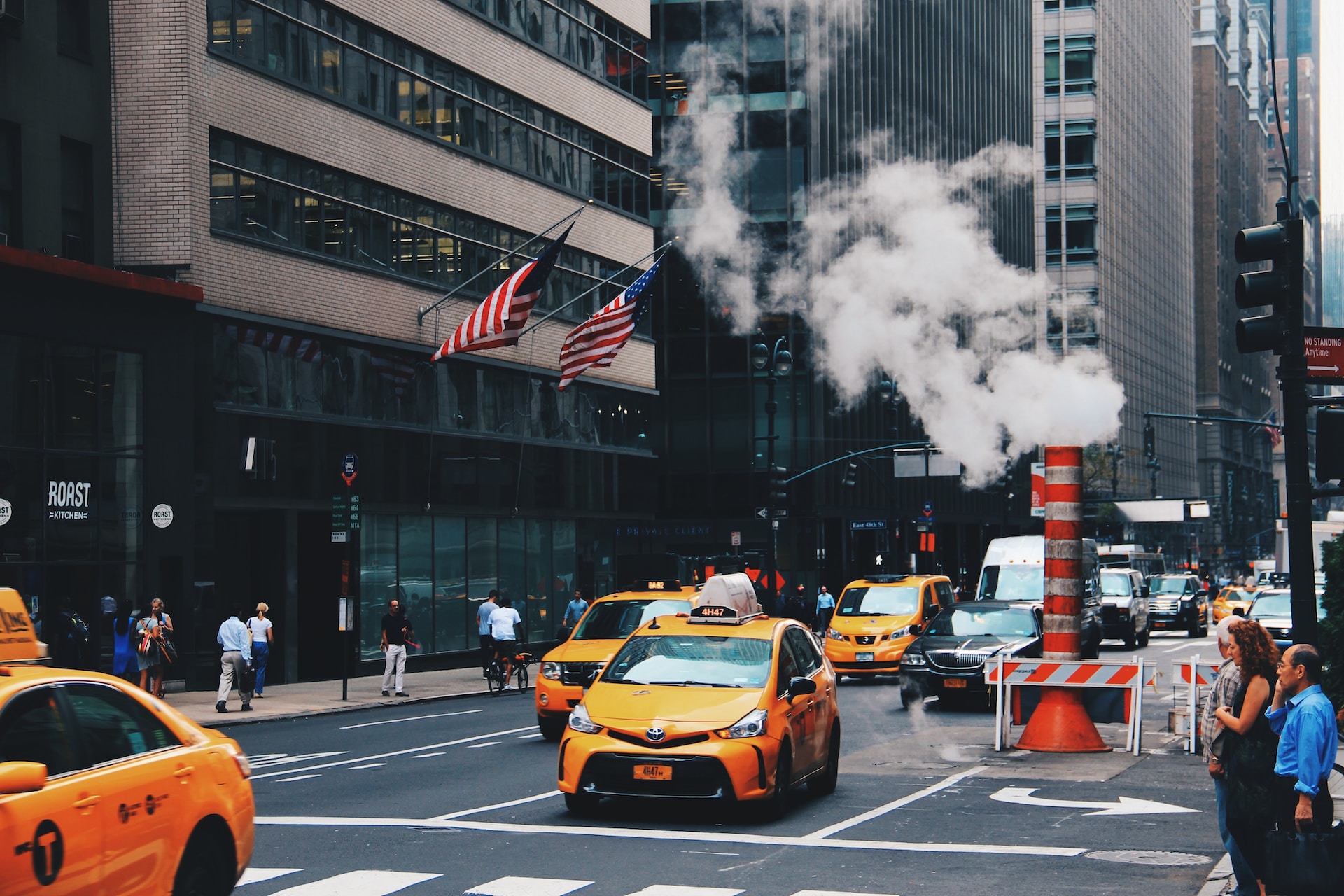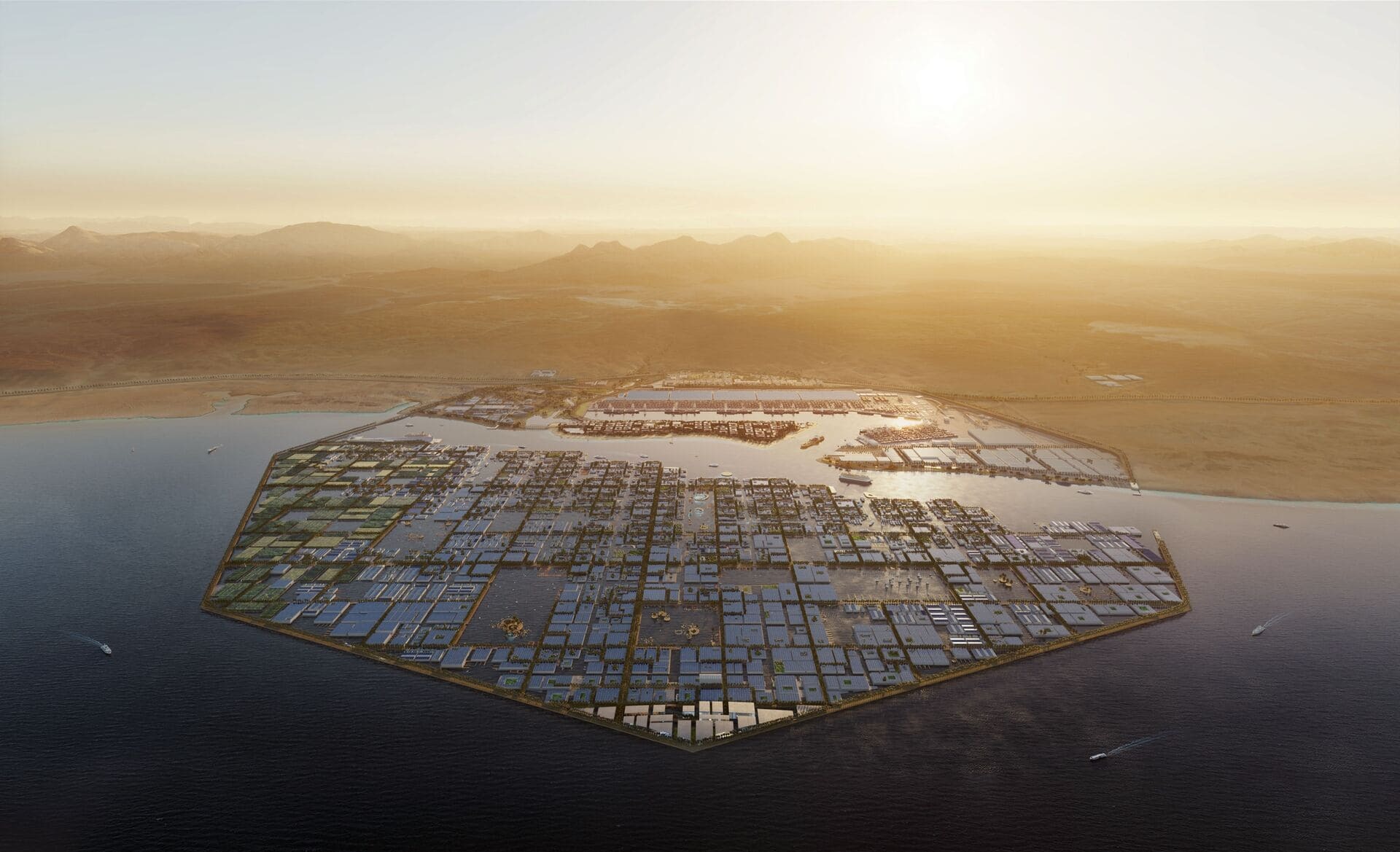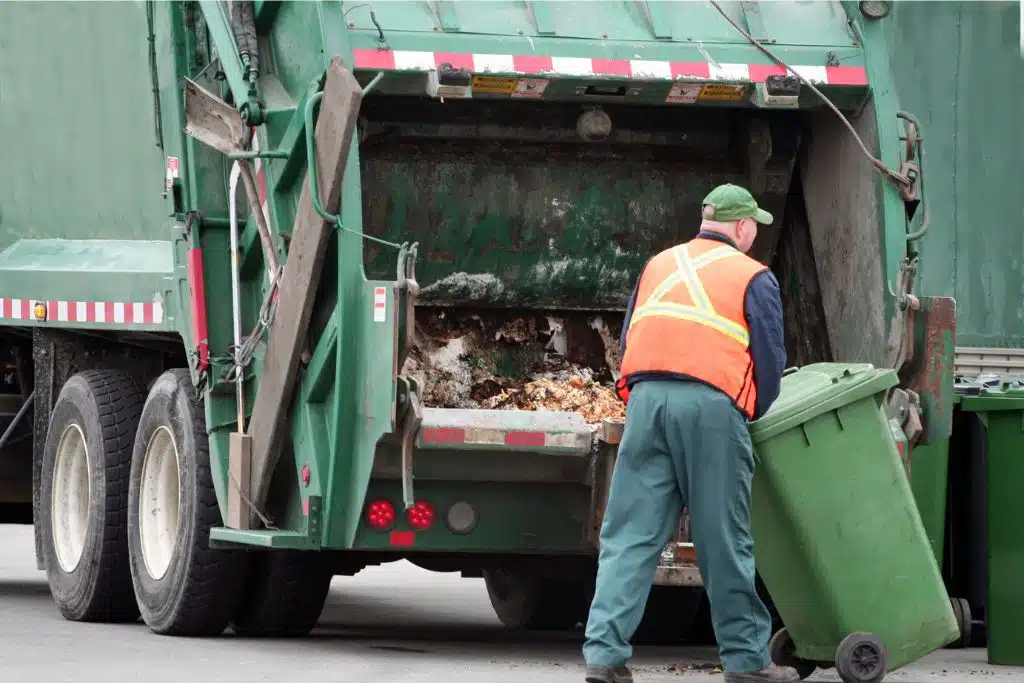Author | M. Martínez Euklidiadas
Desertification is a global challenge consisting of ecological degradation of land and it has been on the United Nations’ table since the United Nations Convention to Combat Desertification of 1994. We have learned a great deal about the phenomenon and we have also had some success in tackling desertification. But, what is the cause and how can it be reversed?
How can we reduce desertification?
The desertification phenomenon -which has now reached between 30 and 35 times the historical rate due to human activities- prospers in certain settings, therefore, one of the ways of reducing desertification is by avoiding them.
● Deforestation. One of the main causes of desertification is deforestation, as seen in Canada’s boreal forest, Russia’s boreal forest and Brazil’s Amazon forest, among many others. Protecting these territories is imperative if we are to put an end to the phenomenon.
● Climate crisis. Climate change may, and tends to, increase the frequency and intensity of drought periods, which in turn leads to desertification. Preventing CO₂ emissions into the atmosphere will prevent future desertification.
● Inappropriate use of water. Overexploitation of aquifers destabilizes local water cycles, leading to desertification. France is currently approving the construction of mega reservoirs to extract water from below ground in a dry region; and Spain plans to legalize illegal wells that are drying out areas. Exactly the opposite of what is needed.
● Disorderly urban growth. Urban sprawl in areas has continued to increase since records began. The most recent review in 2020 revealed that urban "shanty towns" (informal spaces) have increased since 2014.
● Avoiding industrial fertilizers. One of the main causes of desertification in farming areas has been soil pollution due to synthetic fertilizers. The soil becomes saturated with residue from the fertilizers and prevents plants from growing. Even when the area is no longer farmed, it is still degraded.
How can we reduce desertification? By stopping deforestation, decarbonizing the economy, preventing underground water from being extracted and not granting new licenses to occupy land for construction purposes. But this will not be enough, the damage caused also needs to be reversed.
This is how desertification can be reversed
Humans can reverse land desertification by restoring ecosystems through some of these methods:
● Mass reforestation. The African-led Great Green Wall initiative aims to restore over 100 million hectares by 2030 in the Sahel crossing 20 countries and stopping desertification. In China, another great green wall has been growing since 1978 in the north to stop the advance of the Gobi. It is the world’s largest environmental project, which will be finished by 2050 and its results are already measurable.
● Planting stones and digging trenches. No, this is not a mistake. Depositing stones of various sizes in dry areas, prevents seeds from flying away and facilitates the formation of dew. Trenches retain rainwater and filter it into the subsoil. This is a very economical form of local restoration. A good example of this is the "half-moon" shaped trench in Sahel.
● Seed banks. Seed banks are a critical infrastructure for restoring ecosystems because these seeds will be required in order to achieve it. The Svalbard Global Seed Vault in Norway is the largest of its kind, although there are other smaller banks.
● Reintroduction of species. Sometimes, reversing local desertification can be achieved by introducing predators to regulate the presence of species that eat and destroy new shoots. In others, groups of species are better equipped to resist the drought, with some using the waste of others.
● Providing the soil with nutrients. Without getting into major geoengineering techniques, nutrients can be added to the soil through natural compost or guided grazing. One of the causes of soil degradation is the loss of basic elements.
Capturing water from the air, a ‘technological’ solution to combat desertification
The atmosphere is full of water. Even in desert climates, the air contains water molecules and technology exists to capture it. Some of these technologies use coolers that require electricity (they can function with solar panels), but other models can function without electricity, such as the WarkaWater tower.
With these devices, a natural spring can be created in the middle of practically any point on earth currently affected by drought, making it a tool to be taken into account in the fight against desertification.
Despite this optimism, halting the advancing desertification or reversing it will depend in the medium term on whether we are capable of tackling challenges such as emitting CO₂ into the atmosphere. All the current reforestation efforts will be in vain if we continue to pollute the air and the oceans.
Image | Tobias Keller






















































